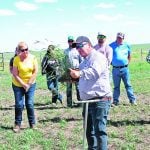Livestock producers are advised to vary their application rates over knolls and hollows and have patience for success
Precision application may not come immediately to mind when it comes to managing cattle manure, but Jeff Schoenau, professor of soil fertility at the University of Saskatchewan and professional agrologist, said it shows benefits for crops and the environment. Livestock Management
Livestock Management

European farmer launches novel dribble bar innovation
Today, the preferred method of applying slurry to the ground is via low emission spreading equipment, such as dribble bars, slurry injection or trailing shoe.
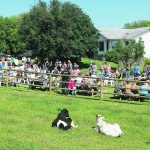
VIDEO: Alta. dairy farm invites the public for breakfast
Children joined their parents for guided tours, allowing them to pet calves and touch a beeping automatic feed pusher
About 1,000 people attended the one-day event, which was held June 24 from 8 a.m. to noon. Children joined their parents for guided tours of the farm, allowing them to pet the calves and touch a beeping Lely Juno automatic feed pusher as the robot slowly nudged silage along the floor toward the cows.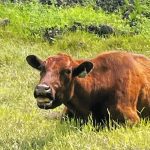
Revisiting modern day lumpy jaw and wooden tongue
The bacteria that causes lumpy jaw causes changes to the jaw bone. You can get rid of the infection, but not the changes. However, as long as it doesn’t worsen and the cattle can eat properly, it should have little effect and the swelling can remain until the animals go to the packing plant.
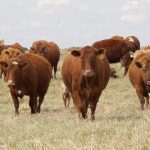
Beef research receives sustainability funding
The federal government is providing more than $12 million to the Canadian Cattle Association as part of more than $21.7 million for research to promote environmental and economic sustainability and resilience in the beef industry. It will fund 23 projects under the new federal Beef and Forage AgriScience Cluster, which will be administered by the […] Read more
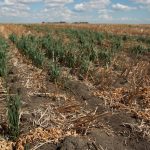
Sask. farmers can move poor crops to livestock feed
Low-yielding cereal and pulse crops can be diverted for livestock feed, the Saskatchewan Crop Insurance Corp. and Agriculture Canada announced July 12. The corporation is doubling low-yield appraisal values so that farmers can make decisions about their poor crops and support livestock producers who need feed. Pockets of the province are again experiencing severe drought […] Read more
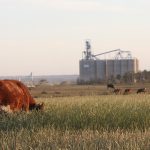
Alta. takes steps to activate AgriRecovery
The province, which contains about 70 percent of Canada's national cattle herd, is now heading into what are typically summer months with little precipitation. Although the dry conditions are also affecting crop production, an ongoing lack of feed coupled with damage to forage crops is causing increasing concern among Alberta's beef producers.
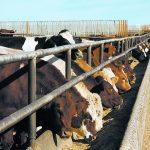
Alta. increases feeder loan guarantee
"We want to ensure cattle feeders are able to get the financing they need in time for the fall run," said provincial agriculture and irrigation minister R. J. Sigurdson.

Pork sector calls for essential service status amid port strike
Many Canadian pork processing plants set to close in the next few weeks could end up with a backlog of unsold meat products, which may lead to "millions of dollars in losses across agriculture very quickly," according to the release.

Bovine TB case in Saskatchewan could have painful consequences
Two cows from a Saskatchewan ranch have tested positive for bovine tuberculosis, according to the Canadian Food Inspection Agency . In February, the U.S. Department of Agriculture notified CFIA of a positive test for bovine TB in a tissue sample from a cow exported to an American feedlot from Saskatchewan in September 2022. The herd […] Read more



 Livestock Management
Livestock Management